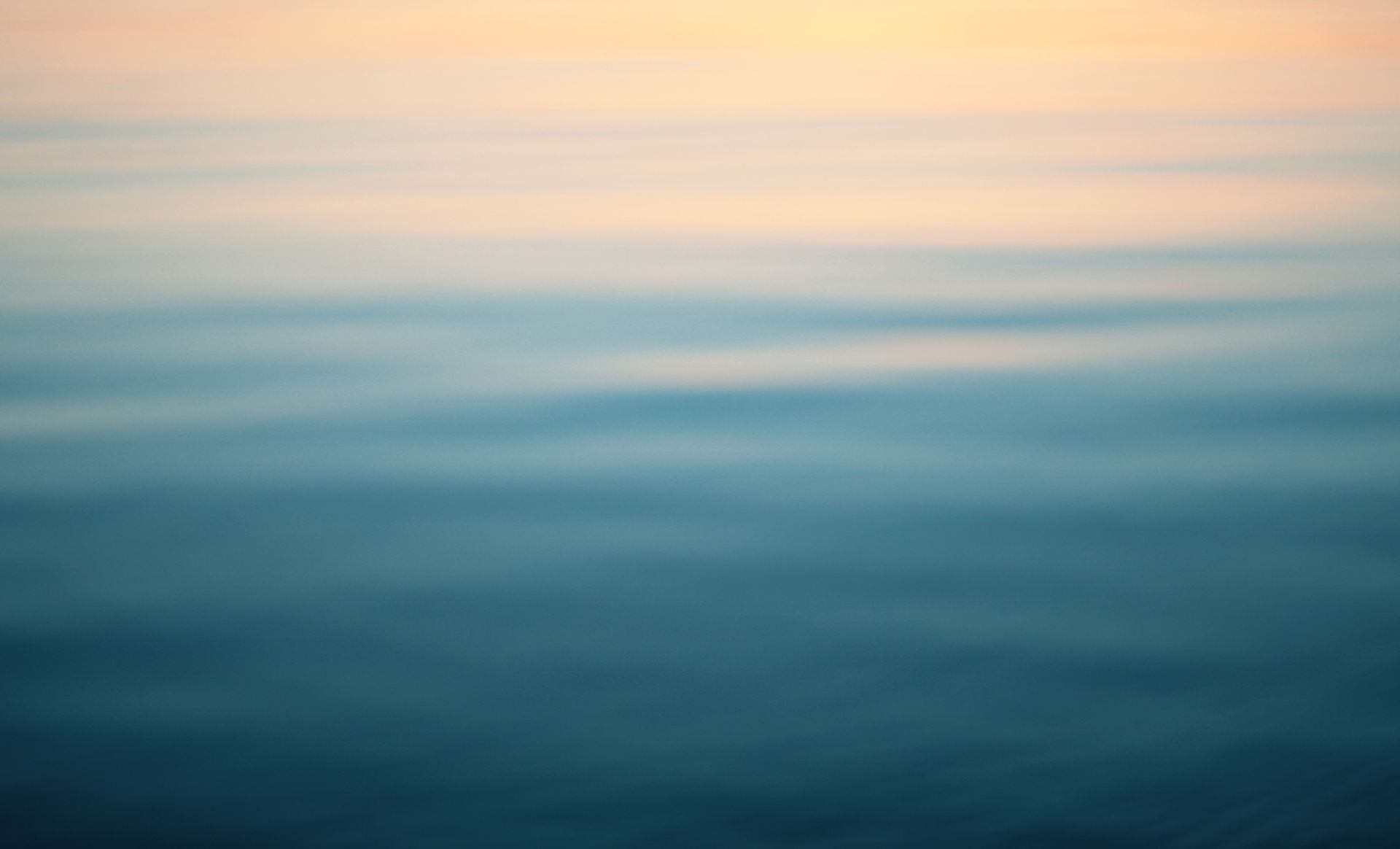
Stop Seismic Blasting in the Ocean
Members of Congress and the Trump administration are planning to expand seismic blasting in the ocean so that oil and gas companies can find new places to drill offshore. These seismic surveys would cause devastating impacts to marine wildlife and would be the first step towards new oil rigs in U.S. waters.
Please ask your federal representatives to protect marine wildlife from seismic blasting!
According to the federal government's own estimates, seismic blasting could injure tens of thousands of whales, dolphins, and other marine mammals each year. And, if seismic blasting moves forward, then offshore oil drilling will not be far behind. The Trump administration has already announced plans to expand offshore drilling to virtually every coast in the U.S.
Opening the ocean to seismic blasting and offshore drilling would jeopardize our coastal economies, including the tourism, recreation, and fishing industries. It would also open the door to greater risks from offshore oil and gas production down the road including a major oil spill.
Please ask your members of Congress to oppose seismic blasting and offshore drilling!

"Watch out for the Coral Snatchers" and "Saltwater Aquarium Responsibilities" with helpful links below
Watch Out for the Coral Snatchers!!!
Saltwater Aquarium Responsibilities
If you are looking to buy corals yourself from a producer,
read what they are about and how they got their corals-
Support those who breed their own coral- and don't snatch from the ocean.
Saigon Aquarium began its business as so,
and this is the big red flag if the company is
currently doing this, they might not mention it.
Research and communication must be made
between you, the customer, and the seller or
hunter you are buying them from- ideally
there is not "hunter" that you are doing
business with at all.
"Later on, we figured out it would be better
for the business fish quality and better
choice if we buy the fish directly from the
hunters. This model persisted several years.
But still we had to wait if hunters were lucky
to get the fish we needed. And also we did
not have any influence on where and how
the fish are handled, packed or shipped."
So basically, Saigon aquarium now "trains"
its hunters, however there is still this belief that the ocean has a irrefutable supply just for them , and that
there is "enough fish in stock". When really, in a world where people are breeding fish and corals to put
in the ocean, anyone who is taking them out we must deal with.
Even if this involves targeting their customer base, or fish to coral consumers, and attempt a offer for them
, to allow them to switch to your supply.
Limit Hunters Consumer Base. Target and sell back to them.
New York Times, JOSIE GARTHWAITE,“learned that if you collect a really beautiful, interesting coral, if you export that, you get to export it one time,” Dr. Rhyne said. “If you keep it and farm it, you get to export it forever.”


On behalf of basic care for your saltwater tank - Please use links provided on underlined sections, and do independent research for the sake of your tank.
Even the most experienced marine tank specialists must remember to keep these important tips in mind.
Listen to Your Fish and Corals Needs!
Herbivore - plant eater
Carnivore - meat eater
Omnivore - consumer of both plants and meaty
foods... the vast majority of aquarium fish
fit into this category
Coral reefs, and coral reef fish are often very
quick to tell you when they are unhappy.
maintain healthy diet habits through these
simple tips
- Here is a Fantastic Reference Sheet, as to what each of your fish may eat.
Characteristic of your fish and live tank will affect how often you must feed your saltwater fish. "If you examine the contents of the commercially
available saltwater fish foods, you will find that there are three basic
formulas: those containing mostly algae, those containing mostly sea foods such as shrimp, krill, mussels, squid and various fish. The third contains a combination of the first two." ( thespruce.com)






